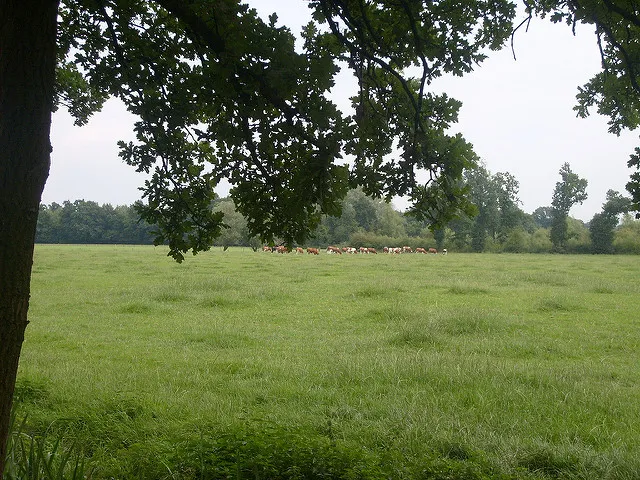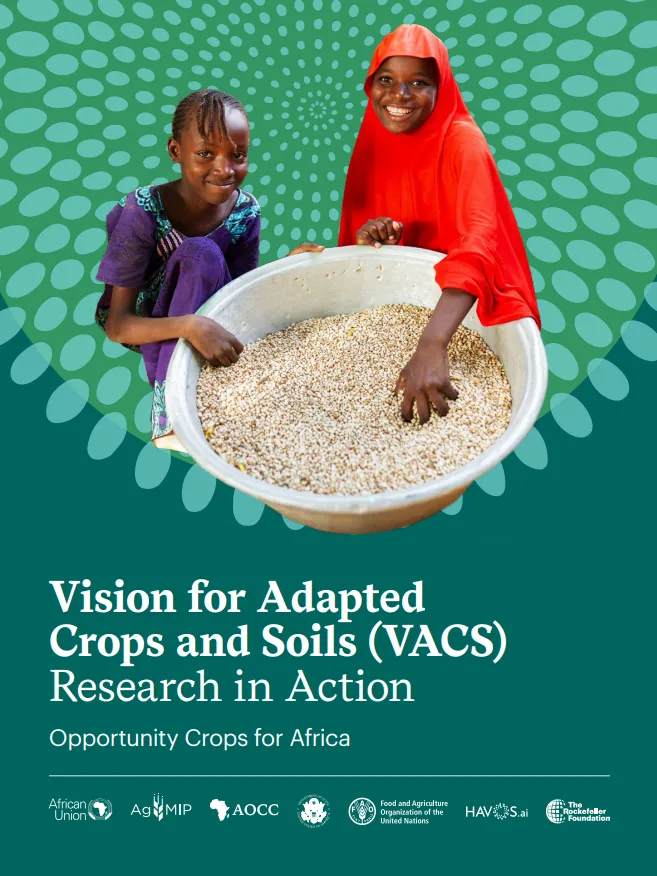This article in Nature Climate Change titled Cropping frequency and area response to climate variability can exceed yield response, suggests that previous studies may have underestimated the impact of climate change on the world’s food supply.

Commonly, crop yields - the amount of product harvested from a given unit of land – is the main focus in studies that look at how climate change might affect agriculture. This study, however, also includes an analysis of the climate effects on how much land people choose to farm and the number of crops they plant each growing season, and argue that the effects will be harsher than previously believed.
The study looks at what has been labelled the new global breadbasket by some, the soybean cultivating state of Mato Grosso in Brazil. It suggests that an increase in average temperature in this region of just 1 degree Celsius will lead to a 9 to 13 percent reduction in overall production of soy and corn. But the researchers argue that in addition to the yield reductions arising from temperature increases, production losses may arise because farmers respond to lower yields by making different decisions about how much and what to crop. A 1 degree Celsius increase was associated with substantial decreases in both total crop area and double cropping. The researchers argue that this warrants an increased focus on creating incentives (credit products or insurances) that can reduce farmers’ responses to climate shocks.
Abstract
The sensitivity of agricultural output to climate change has often been estimated by modelling crop yields under climate change scenarios or with statistical analysis of the impacts of year-to-year climatic variability on crop yields1, 2. However, the area of cropland and the number of crops harvested per growing season (cropping frequency) both also affect agricultural output and both also show sensitivity to climate variability and change3, 4, 5, 6, 7, 8, 9. We model the change in agricultural output associated with the response of crop yield, crop frequency and crop area to year-to-year climate variability in Mato Grosso (MT), Brazil, a key agricultural region. Roughly 70% of the change in agricultural output caused by climate was determined by changes in frequency and/or changes in area. Hot and wet conditions were associated with the largest losses and cool and dry conditions with the largest gains. All frequency and area effects had the same sign as total effects, but this was not always the case for yield effects. A focus on yields alone may therefore bias assessments of the vulnerability of agriculture to climate change. Efforts to reduce climate impacts to agriculture should seek to limit production losses not only from crop yield, but also from changes in cropland area and cropping frequency.
Citation
Cohn, A. S., VanWey, L. K., Spera, S. S, Mustard, J. F. (2016). Cropping frequency and area response to climate variability can exceed yield response, Nature Climate Change, doi:10.1038/nclimate2934
Read the full paper here and see further coverage here.
See further related resources in the categories on primary production: agriculture, climate change: impacts and adaptation, crop systems, yields, land-use and land-use change.




Comments (0)